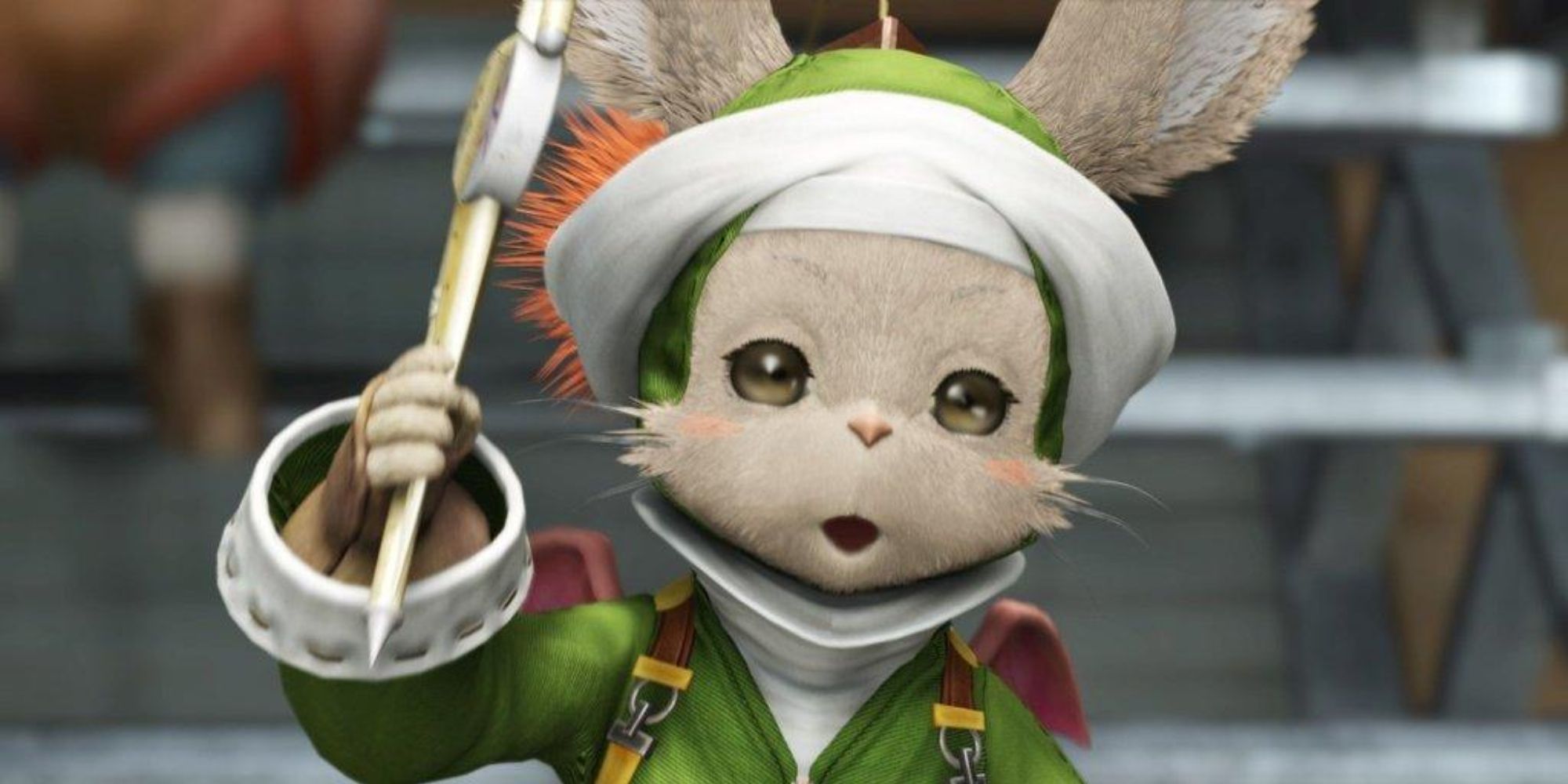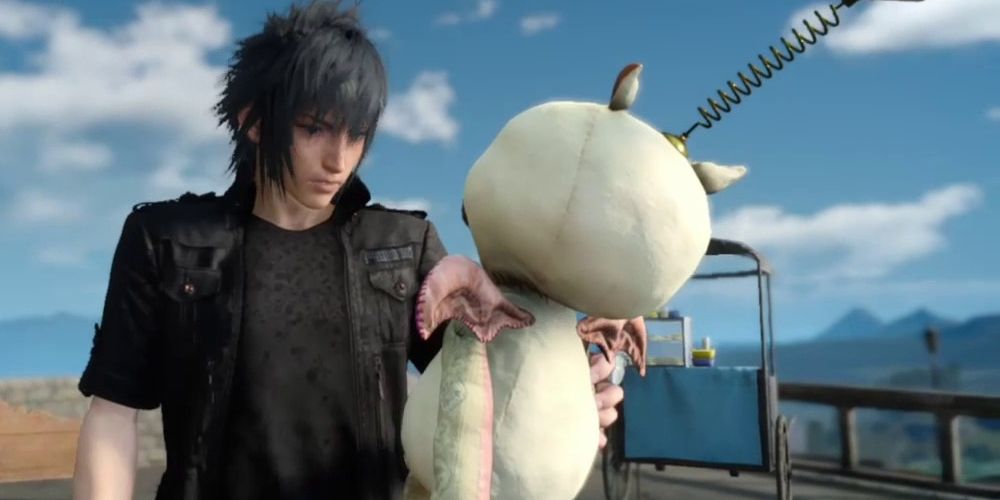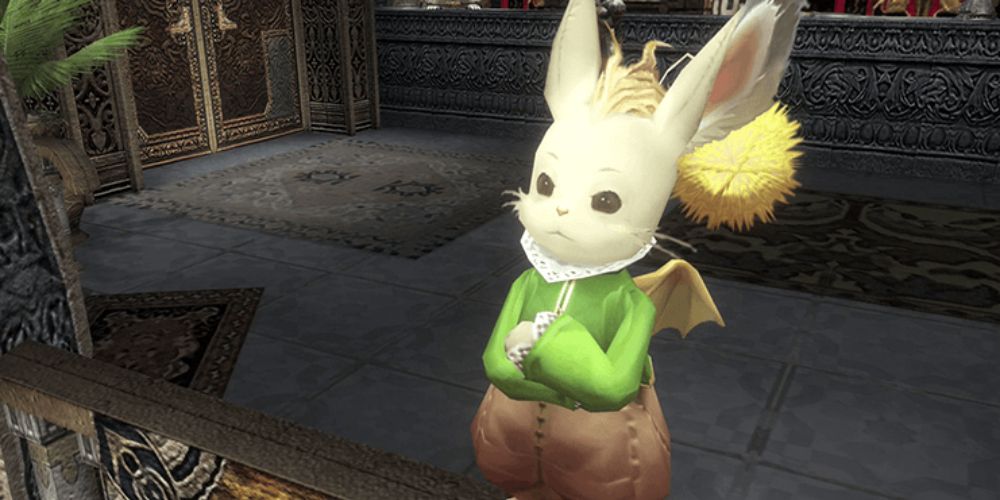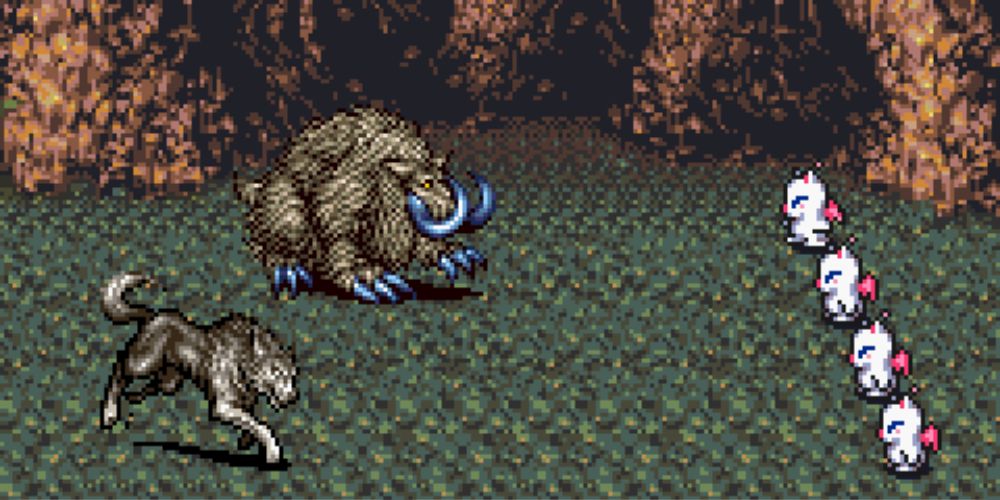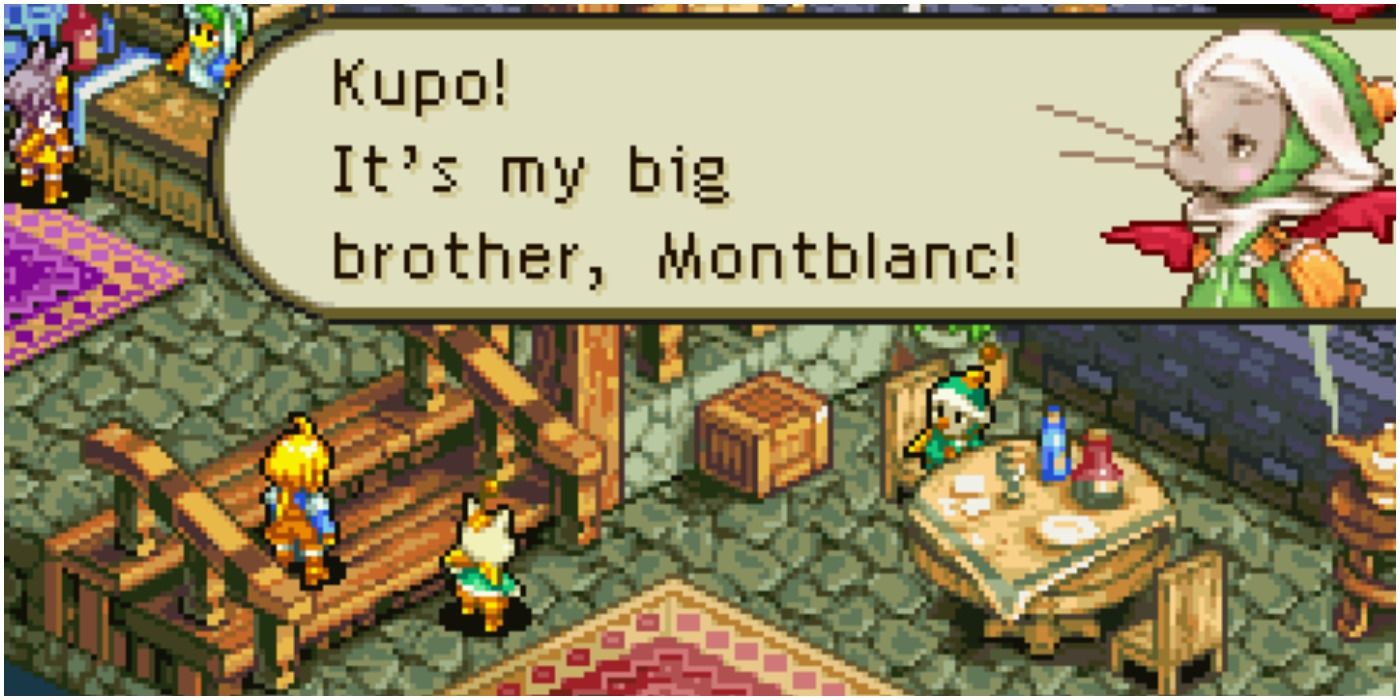Moogles are among the most beloved Final Fantasy mascots. While they don't appear in the flesh in every game, most Final Fantasy titles have at least a passing reference to the furry folk. Moogles have also appeared in other Square Enix titles, making them as much a symbol of the publisher itself as they are of Final Fantasy.
From Mog to Montblanc to one of the other Mogs (it's a common name), if you want to know more about moogles, you've come to the right place. This article will make you a moogle expert before you can say "kupo!"
What Are Moogles?
Moogles vary in size, shape, and culture from setting to setting. Their shared characteristics across all universes include a small size compared to humans, fluffy white fur covering their bodies, and purple bat-like wings. The wings are vestigial, though some Moogles are capable of hovering or limited flight - presumably through magic, considering the size of the wings compared to their bodies. Additionally, moogles have an antenna-like stalk on their forehead terminating in a pom-pom. The pom-pom is usually red, but other colors have been noted particularly among the moogles of Ivalice.
Moogles are usually sentient creatures, though they don't always speak human languages. Those that do often pepper their speech with the moogle word "kupo." The varied situations in which moogles have used it over the years suggest that, like "smurf," it can have several meanings based on the context.
Unlike chocobos, moogles are not native to every Final Fantasy setting. However, they are an entrenched part of folklore even in universes they do not inhabit, as evidenced by moogle toys and stories about moogles. In some settings, moogles do not appear normally but can be summoned via magic.
Ivalice Moogles
Ivalice, the setting for Final Fantasy Tactics and Final Fantasy 12, has several sentient species that make up its civilizations - including moogles. Ivalice moogles are typically more slender than those of other settings, and are among the few members of the species that wear clothes.
Ivalice moogles are known for their cleverness and ingenuity and often make capable mages and engineers or machinists.
Origins
Moogles were introduced to the series in Final Fantasy 3 alongside the Job System. Called moguri in Japanese (a mashup of words loosely meaning "mole-bat"), the first moogles made a catlike "nya" sound instead of saying "kupo." They were the servants and guards of Doga, a powerful wizard who assisted the Light Warriors on their journey.
Moogles did not appear at all in Final Fantasy 4, but returned in Final Fantasy 5 as the denizens of Galuf's alternate world. Every game from that point on included moogles in some way.
The first appearance of moogles outside a Final Fantasy game was in Secret of Mana. The heroes clear a monster infestation from the moogles' village, earning their gratitude.
Final Fantasy 6 included the series' first playable moogle, Mog, whose unique Dance ability allowed him to create terrain effects based on biomes he had visited.
Moogles appear frequently throughout Final Fantasy 9, acting as save points by recording Zidane's journey in a book and also providing the party with quests.
Although moogles do not exist in Final Fantasy 10's world of Spira, Lulu's magical dolls depict several Final Fantasy mascots, including a moogle. Similarly, Iris has a large toy moogle in Final Fantasy 15.
Notable Moogles
This section contains spoilers.
|
Name |
Game(s) |
Notes |
|---|---|---|
|
Mog |
|
|
|
Cait Sith |
|
|
|
MiniMog |
|
|
|
Mog |
|
|
|
Montblanc |
|
|
|
Mog |
|
|

